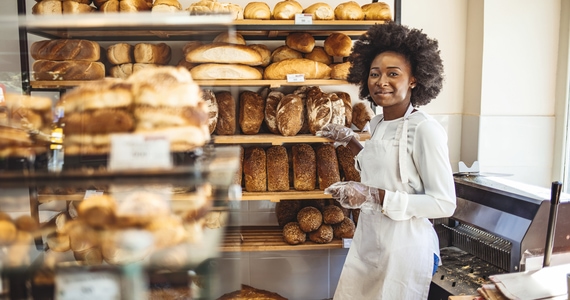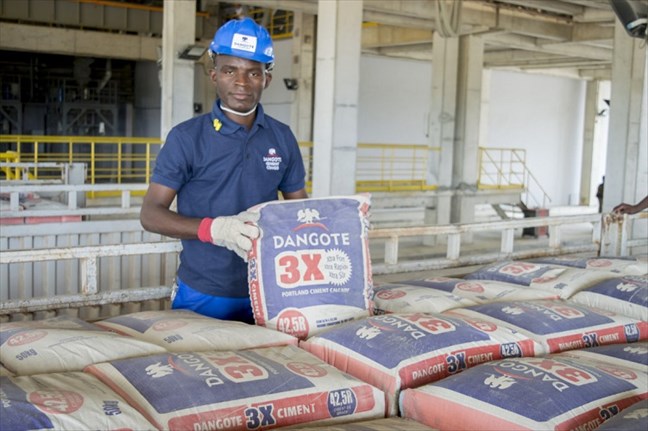Overview
Introduction to baking bread in a local bakery
Baking bread in a local bakery is a delightful experience that allows you to enjoy the art of breadmaking while supporting your community. Whether you are a seasoned baker or just starting out, the local bakery provides a unique setting to learn and practice the age-old craft of bread baking. In this article, we will explore the process of baking bread in a local bakery, from selecting the finest ingredients to mastering the techniques that result in a delicious loaf of bread. So, grab your apron and let’s dive into the world of bread baking in a local bakery!
Benefits of baking bread in a local bakery
There are several benefits of baking bread in a local bakery. Firstly, it allows you to support local businesses and contribute to the growth of your community. By purchasing bread from a local bakery, you are helping to sustain jobs and ensure the livelihood of the bakers and staff. Additionally, baking bread in a local bakery ensures that you are getting a fresh and high-quality product. Local bakeries often use traditional methods and high-quality ingredients, resulting in bread that is delicious and full of flavor. Lastly, baking bread in a local bakery allows you to connect with the bakers and learn about their craft. You can witness the baking process firsthand and even have the opportunity to ask questions and gain insight into the art of breadmaking. Overall, baking bread in a local bakery not only provides you with a delicious and authentic product, but also supports your local community and allows you to engage with the bakers and their craft.
Ingredients and equipment needed
To bake bread in a local bakery, you will need a variety of ingredients and equipment. The key ingredients include flour, yeast, salt, and water. These basic ingredients are essential for creating the dough that will form the bread. In addition to the ingredients, you will also need equipment such as mixing bowls, measuring cups, a dough scraper, and a baking sheet. These tools will help you measure and mix the ingredients, shape the dough, and bake the bread to perfection. Having the right ingredients and equipment is crucial for achieving delicious and well-baked bread in a local bakery.
Recommened post: Bread prices keep increasing in Nigeria and here’s why
Finding a Local Bakery
Researching local bakeries in your area
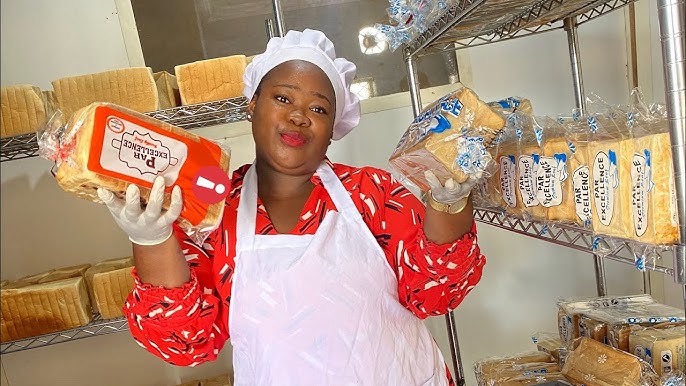
When researching local bakeries in your area, it is important to consider several factors. Firstly, you should look for bakeries that have a good reputation and positive reviews from customers. This will ensure that you are getting high-quality bread and baked goods. Additionally, it is helpful to visit the bakery in person to see the cleanliness of the facility and to meet the bakers. This will give you a sense of the bakery’s professionalism and dedication to their craft. Finally, don’t forget to ask about the ingredients they use in their bread-making process. Some bakeries may use organic or locally sourced ingredients, which can enhance the flavor and quality of the bread. By conducting thorough research, you can find a local bakery that meets your preferences and provides delicious bread for you to enjoy.
Reading reviews and recommendations
Reading reviews and recommendations is an essential step when it comes to finding the best local bakery to bake bread. By reading reviews, you can get insights into the quality of the bakery’s bread, the ambiance of the place, and the overall customer experience. Recommendations from friends, family, or even online communities can also be helpful in narrowing down your options. Whether you’re looking for a bakery with a wide variety of bread options or one that specializes in a specific type of bread, taking the time to read reviews and recommendations can ensure that you find a bakery that meets your expectations and delivers delicious bread every time.
Visiting the bakery in person

Visiting the bakery in person allows you to experience the art of bread-making firsthand. As you step through the doors, the warm aroma of freshly baked bread fills the air, instantly whetting your appetite. The sight of bakers skillfully kneading the dough and carefully tending to the rising loaves is a mesmerizing sight. You can observe the intricate process from start to finish, gaining insight into the craftsmanship and dedication required to create the perfect loaf of bread. Additionally, interacting with the friendly staff and engaging in conversations about their baking techniques and secret ingredients adds a personal touch to your bread-buying experience. Visiting the bakery in person not only satisfies your craving for delicious bread but also allows you to appreciate the time-honored tradition and artistry that goes into every loaf.
Recommened post: Starting a Bakery and Pastry Business in Nigeria (Full Guide)
Understanding the Bread Making Process
Exploring different types of bread
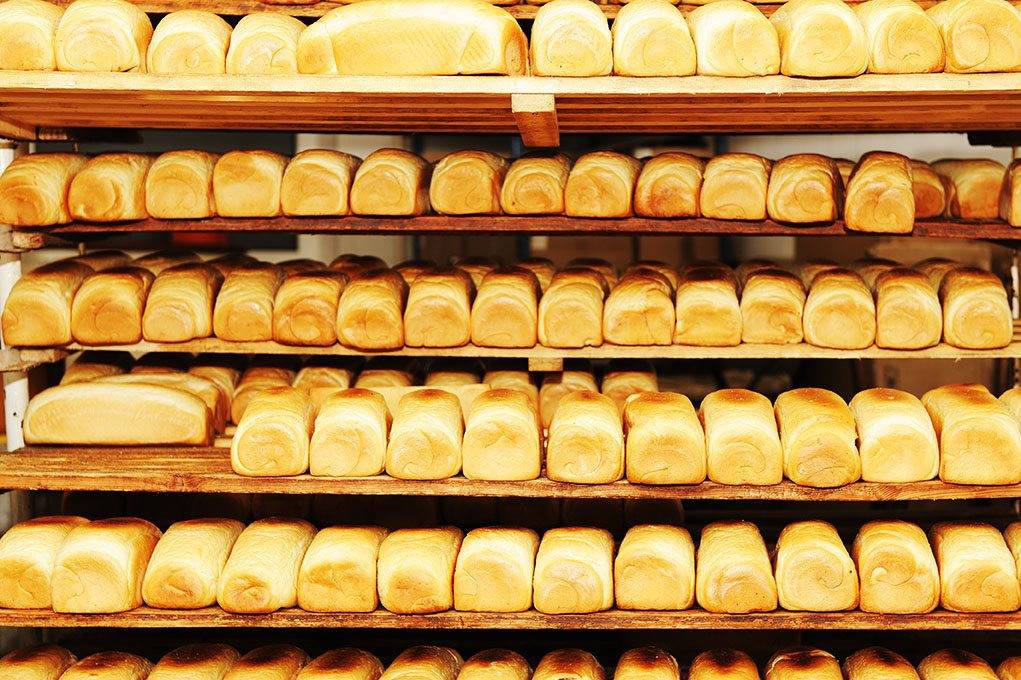
Bread is a staple food that has been enjoyed by people all over the world for centuries. In recent years, there has been a resurgence of interest in artisanal bread, with many people seeking out local bakeries to experience the unique flavors and textures that can be found in different types of bread. From crusty baguettes to soft sandwich loaves, there is a wide variety of breads to explore. Each type of bread has its own distinct characteristics, from the ingredients used to the baking techniques employed. Whether you prefer a hearty whole wheat bread or a delicate brioche, exploring different types of bread can be a delicious and rewarding experience.
Learning about the fermentation process
The fermentation process is a crucial step in baking bread. It is during this process that the dough undergoes a transformation, developing its flavor and texture. Understanding the fermentation process is essential for any aspiring baker, as it allows for better control over the final product. In a local bakery, learning about the fermentation process involves observing the dough as it rises and understanding the role of yeast and bacteria in creating the desired flavors. By mastering this process, bakers can create bread that is not only delicious but also unique to their bakery.
Understanding the role of yeast and other ingredients
Yeast plays a crucial role in the process of baking bread. It is a microorganism that feeds on sugar and produces carbon dioxide gas, which causes the dough to rise. Without yeast, the bread would be dense and flat. Other ingredients, such as flour, water, and salt, are also important in creating the perfect loaf of bread. Flour provides structure and gluten, water hydrates the dough, and salt enhances the flavor. Understanding the role of yeast and other ingredients is essential for baking delicious bread in a local bakery.
Baking Techniques and Recipes
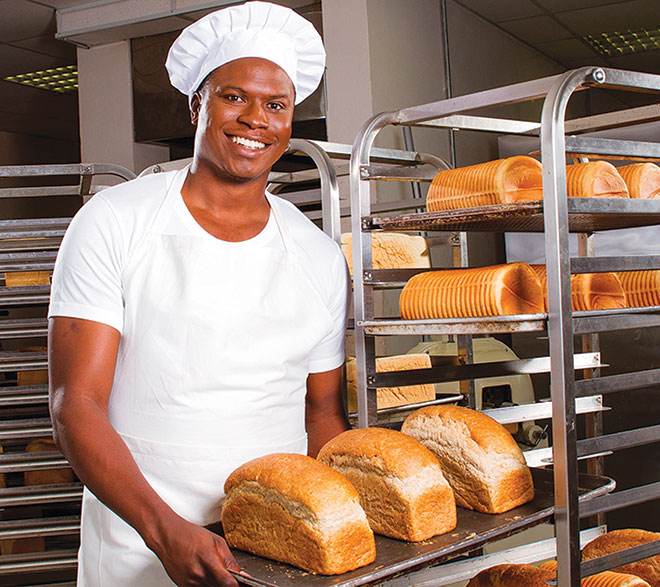
Mastering the art of kneading dough
Kneading dough is a crucial step in the bread-making process. It is the process of working the dough with your hands to develop gluten, which gives bread its structure and texture. Mastering the art of kneading dough takes time and practice, but it is well worth the effort. When kneading dough, it is important to use the right technique and apply the right amount of pressure. The dough should be smooth, elastic, and slightly tacky to the touch. By kneading the dough properly, you will ensure that your bread turns out light, airy, and delicious.
Experimenting with different bread recipes
Experimenting with different bread recipes is a delightful journey that allows bakers to explore the endless possibilities of flavors, textures, and techniques. Whether it’s a classic sourdough, a hearty whole wheat, or a sweet cinnamon swirl, each recipe offers a unique experience and a chance to create something truly special. By trying out various combinations of ingredients and adjusting fermentation times, bakers can discover their own signature bread that reflects their creativity and passion. The process of experimenting with different bread recipes not only expands one’s baking skills but also brings joy and satisfaction to both the baker and those who get to enjoy the delicious results.
Using the right baking techniques and temperatures
Using the right baking techniques and temperatures is crucial when it comes to baking bread in a local bakery. The success of the bread largely depends on the skill and knowledge of the baker, as well as the proper use of equipment and ingredients. By using the right techniques, such as kneading the dough properly and allowing it to rise at the right temperature, the bread will have a light and fluffy texture. Additionally, using the correct baking temperature ensures that the bread is baked evenly and has a golden crust. Therefore, it is important for bakers in local bakeries to have a good understanding of the baking techniques and temperatures required to create delicious and high-quality bread.
Tips for a Successful Bread Baking Experience
Measuring ingredients accurately
Measuring ingredients accurately is crucial when it comes to baking bread in a local bakery. The success of the bread largely depends on the precise measurements of the ingredients. Whether it’s flour, water, yeast, or salt, each ingredient needs to be measured accurately to achieve the desired texture and taste. A slight variation in the measurements can affect the rise, crumb, and overall quality of the bread. Therefore, bakers in local bakeries pay great attention to measuring ingredients with precision, using scales and measuring tools to ensure consistency and perfection in their bread-making process.
Allowing the dough to rise properly
To allow the dough to rise properly, it is important to create the right environment. Start by placing the dough in a warm and draft-free area. This can be achieved by covering the dough with a clean kitchen towel or plastic wrap. The warmth helps activate the yeast and promotes fermentation, allowing the dough to rise. Additionally, it is crucial to give the dough enough time to rise. Depending on the recipe, this can range from 1 to 2 hours. During this time, avoid disturbing the dough as it needs a stable environment to develop and expand. By allowing the dough to rise properly, you will achieve a light and fluffy bread with a great texture and flavor.
Creating a steamy baking environment
To create a steamy baking environment, there are a few key steps to follow. First, preheat the oven to the desired temperature. Next, place a shallow pan filled with water on the bottom rack of the oven. This will create steam as the water evaporates, helping to keep the bread moist during the baking process. Additionally, you can also spritz the inside of the oven with water using a spray bottle to create even more steam. Finally, make sure to keep the oven door closed as much as possible during baking to maintain the steamy environment. By following these steps, you can ensure that your bread bakes to perfection in a local bakery.
Recommended post:+10 Medical Reasons To Add Tea Drinking to your Diet
Conclusion
Enjoying the satisfaction of baking your own bread
Baking your own bread can be a truly satisfying experience. There’s something special about the aroma of freshly baked bread filling your kitchen and the sense of accomplishment that comes from creating something delicious from scratch. Not only does baking your own bread allow you to control the ingredients and customize the flavors to your liking, but it also provides a wonderful opportunity to connect with the age-old tradition of bread-making. Whether you’re a seasoned baker or just starting out, the process of kneading the dough, watching it rise, and finally enjoying a warm slice of homemade bread is sure to bring joy and satisfaction to your day.
Supporting local businesses
Supporting local businesses is crucial for the growth and sustainability of our communities. When we choose to buy bread from a local bakery, we are not only getting a delicious and fresh product, but we are also supporting the livelihoods of the people who work there. Local bakeries often use high-quality ingredients and traditional baking methods, resulting in bread that is full of flavor and made with love. By supporting local businesses, we are investing in our community’s economy and helping to create a vibrant and unique culinary scene. So, the next time you’re craving a loaf of bread, consider visiting your local bakery and taste the difference that supporting local can make.
Continuing to explore the world of bread baking
Continuing to explore the world of bread baking, we delve into the fascinating process of baking bread in a local bakery. With its unique charm and traditional techniques, the local bakery offers a delightful experience for bread enthusiasts. From the aroma of freshly baked loaves to the sight of skilled bakers kneading dough, every visit to the bakery is a sensory journey. The warm and inviting atmosphere, coupled with the friendly staff, creates a sense of community and passion for the art of bread making. Whether it’s the classic baguette or the rustic sourdough, the local bakery takes pride in producing a wide variety of breads that cater to different tastes and preferences. Join us as we uncover the secrets behind the perfect crust, the fluffy interior, and the unmistakable taste that make bread from a local bakery truly special.


